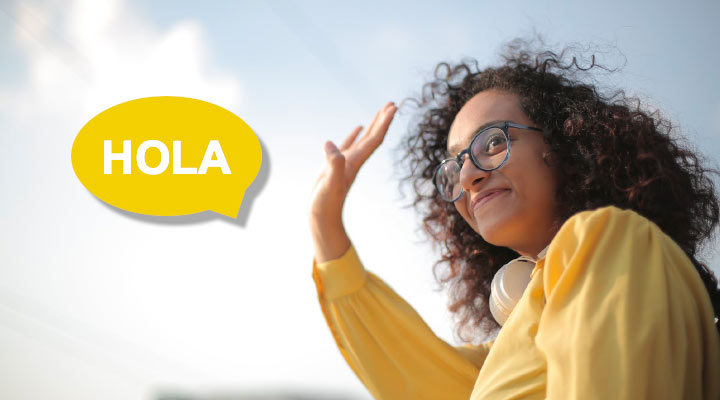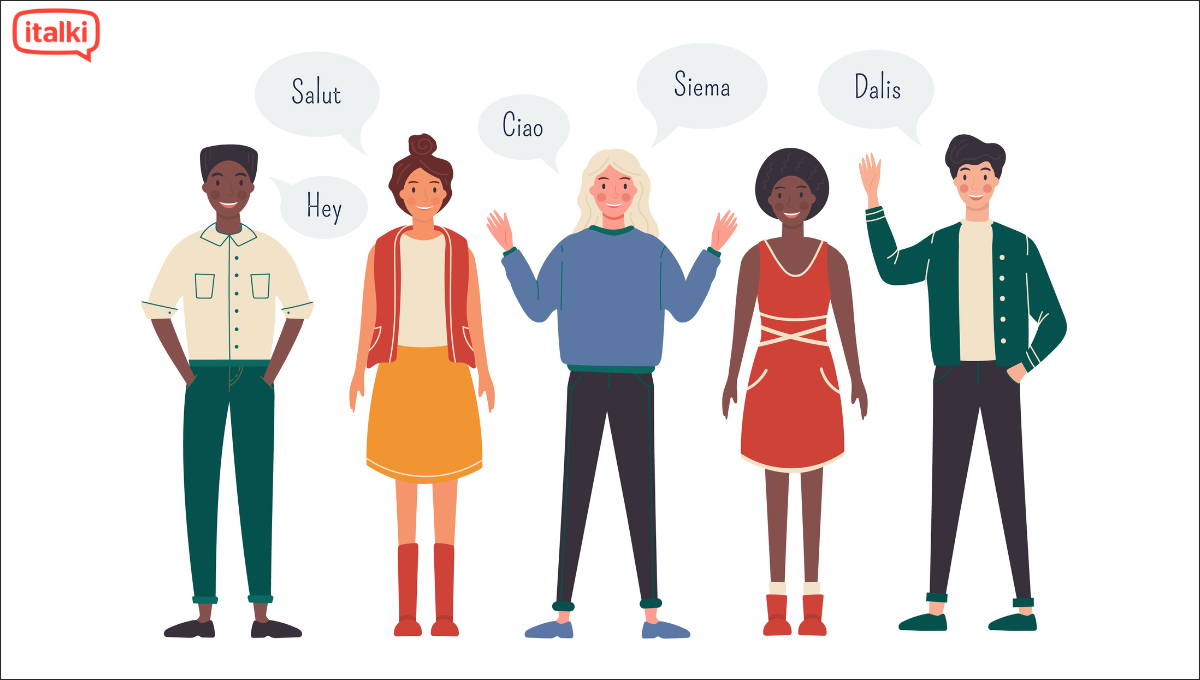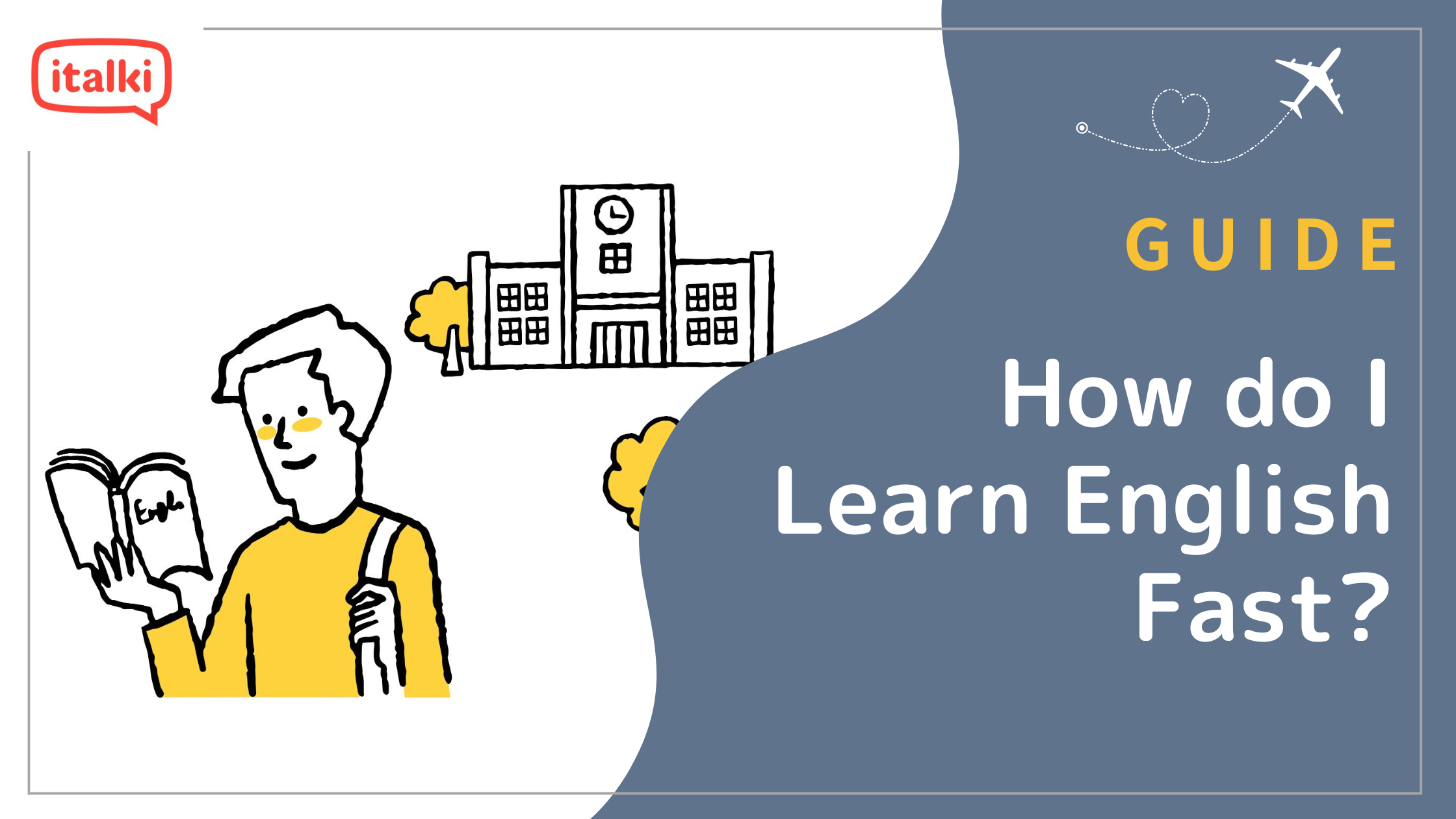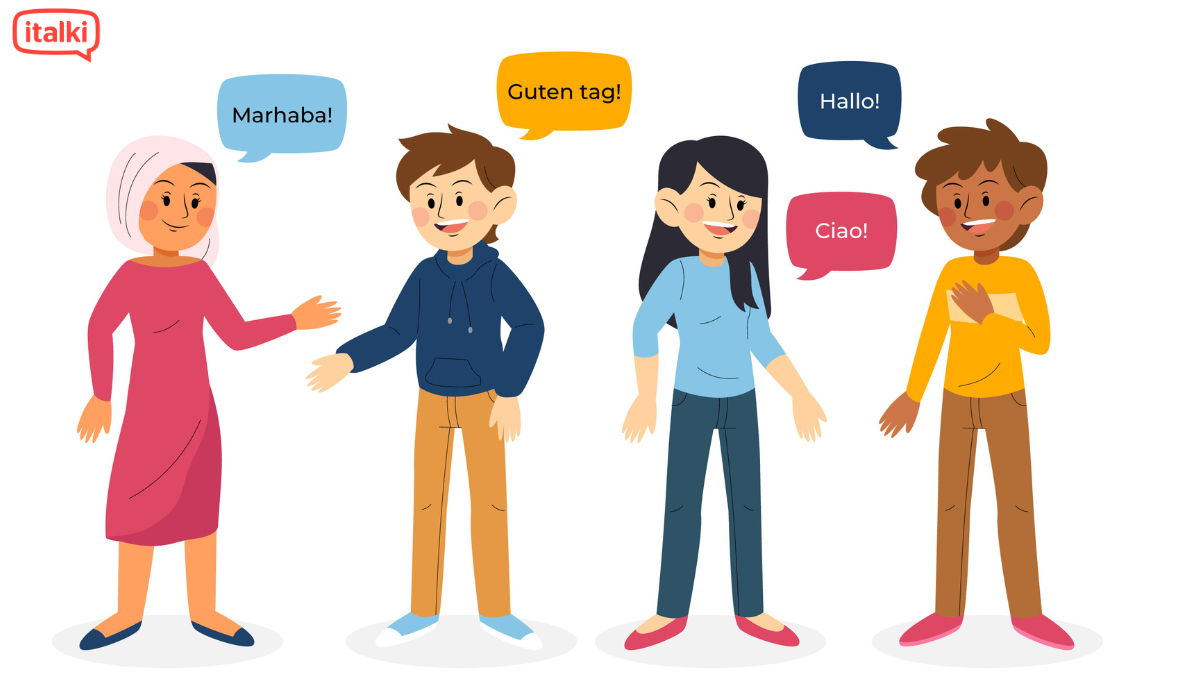Saying “hi” in Spanish is a basic yet important phrase to know when learning the language.
In this article, you will learn how to say “hi” in Spanish and how greeting is a simple way to start a conversation. Knowing how to greet the right way can help to break the ice and create a friendly atmosphere, especially for a person just learning the language. It will also help you make a good first impression.
Continue reading this article where we will cover the basic ways to greet in Spanish and how to use them in different situations.

Learn Spanish on italki
Join the global community of language learners today! Sign up for italki and start improving your language skillswith native-speaking teachers from around the world.
Create an italki account
The basics of saying “hi” in Spanish
The basics of saying hi in Spanish are relatively simple, as it is one of the first phrases that many people learn when starting to study the language. The most common way of saying “hi” in Spanish is “Hola” (oh-LAH). This phrase is similar to “Hello” in English and it can be used in any situation, from casual encounters to formal ones.

Another way of saying “hi” in Spanish is “Buenos días” (bway-nohs DEE-ahs) which means “good days” and it is considered more formal. It is typically used in the morning or early afternoon, and it is a polite way to greet someone in a formal setting such as a business meeting or to address someone older or with a higher status.
It’s also important to keep in mind that in Spanish-speaking countries, people may greet each other differently depending on their region, culture, or social context, but “Hola” and “Buenos días” are the most common ways of saying “hi” in Spanish.
It’s important to practice saying “hi” in Spanish, whether it be with a tutor, a language-learning app, or a native Spanish speaker. This will help you to become more comfortable with the phrase, and you’ll be able to use it more confidently in real-life interactions.
italki is a great resource for developing Spanish-speaking skills. It offers learner-friendly instructional techniques and Spanish tutors who can help you gain the confidence and skills needed to speak Spanish in public. You can also try it out with a free trial before committing to enrolling.

Find Your Perfect Teacher
At italki, you can find your Spanish tutor from all qualified and experienced teachers. Now experience the excellent language learning journey!
Book a trial lesson
How to use “Hola” and “Buenos días” in different situations
“Hola” is a versatile phrase that can be used in any situation, from casual encounters to formal ones. It is appropriate for greetings among friends, family, and acquaintances, as well as for meeting new people. It can be used in both informal and formal settings, such as in a casual conversation or in a business meeting.
“Buenos días” is considered more formal and is typically used in the morning or early afternoon. It’s a polite way to greet someone in a formal setting such as a business meeting or to address someone older or with a higher status. It can also be used when you are not sure of the time of the day or when you want to be polite.

In a professional setting, it’s always recommended to use “Buenos días” “Buenas tardes” or “Buenas noches” instead of “Hola” as it shows respect and professionalism. Generally, when saying hi in spanish, you must be aware of the context and adjust your greeting accordingly.
In a social setting, among friends and family, “Hola” is the most common way of greeting, but you can also use “¿Qué tal?” or “¡Cómo estás!” which are casual ways of saying “hi” and inquiring about someone’s well-being.
The difference between casual and formal greetings
The difference between casual and formal greetings in Spanish, as well as in other languages, is mainly in the level of formality and politeness that is expressed.
Casual greetings such as “Hola” (oh-LAH) are informal and can be used with friends, family, and acquaintances. They are also used in informal settings such as in a casual conversation or in a social setting. They tend to be shorter, simpler, and less formal than formal greetings.
Formal greetings such as “Buenos días” (bway-nohs DEE-ahs) are more formal and polite, and they are typically used in formal settings such as in a business meeting, or when addressing someone older or with a higher status. They tend to be longer, more formal, and more polite than casual greetings.
It’s also important to note that in a professional setting, it’s always recommended to use formal greetings as it shows respect and professionalism. For example, in a job interview, it’s better to use “Buenos días” or “Buenas tardes” instead of “Hola”
Frequently Asked Questions on How to Speak Spanish as a Beginner
Q. Can “Hola” be used in a formal setting?
“Hola” is a versatile phrase that can be used in any situation, including formal settings. However, in a professional setting, it’s always recommended to use “Buenos días” “Buenas tardes” or “Buenas noches” instead of “Hola” as it shows respect and professionalism.
Q. Are there any other ways of saying “hi” in Spanish?
In addition to “Hola” and “Buenos días,” there are several other common ways of greeting in Spanish such as “Saludos!”, “Buenas tardes!”, “Buenas noches!”, “¿Qué tal?”, “¡Cómo estás!”, “¿Cómo te va?”, “¡Qué pasa!” among others.
Q. How can I use Spanish greetings in real-life interactions?
When using Spanish greetings in real-life interactions, it’s important to be aware of the context and adjust your greeting accordingly. Use formal greetings in professional settings and casual greetings with friends and family. Practice with native speakers or through immersion to become more comfortable and confident in using them.
Conclusion
Knowing how to say “hi” in Spanish is an essential aspect of learning the language. Greeting someone in Spanish is a simple yet important way to start a conversation and create a friendly atmosphere.
Being able to say “Hola” or “Buenos días” correctly is a basic but important step in building communication skills in Spanish. It helps learners to make a good first impression and shows respect and politeness.
Want to learn a language at italki?
Here are the best resources for you!



















